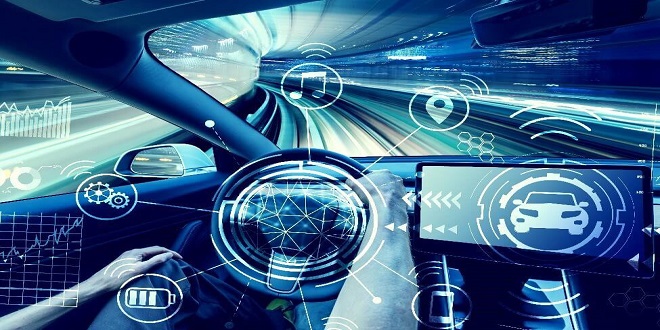Learn Hybrid Vehicles with Online Courses, Classes, & Lessons

The involvement of engines and motors for propulsion has been tested in numerous configurations. The common classifications of such hybrid configurations are made on the basis of the relative or absolute electric power part of the entire propulsion.
In such a configuration, a motor is not provided for direct propulsion but only for the engine to start at a power demand by the driver and for the engine to stop after a given idle period (start/stop function). Such motors, generally, operate at 12 V. The price of this additional start/stop function is between €300 and €800.
Such motors not only provide a start/stop function but are also involved in propulsion during acceleration. On the other hand, the motor serves as a generator for the recuperation of braking energy, which is transformed into electric energy and stored in the battery. Such motors operate with a tension of 42 V or 144 V. This form of completion of the propulsion system costs between 1000 and €2000. The potential decrease in combustion is 10–20 %.
The voltage in such configurations is 250 V. The additional price of such a solution, compared with an engine only, is in the range of €4000–€8000, depending on the features. The potential decrease in fuel consumption is 30–40 %. However, the reduction in fuel consumption when using micro-, mild or full hybrids is strongly dependent on the driving cycle.
Full hybrids are very efficient in urban traffic, being more advantageous than the other hybrid forms and propulsion by diesel engines. However, in urban traffic, the differences between the cycles in the USA, Europe, and Japan should be taken into account. On country roads, a full hybrid has practically no advantages in comparison with a diesel engine. On motorways, the diesel engine is clearly the best alternative.
Toyota Prius, Honda Insight
The Toyota Prius was introduced in series production in 1997, a short time after the interruption of production of the Audi A4 duo, but with an essential difference: a gasoline engine instead of a diesel engine. After its introduction in Japan, this car was launched in 2000 in the USA and European markets. The engine is coupled by a planetary gear to a synchronous motor and to a generator. The main function modules. The braking energy is recuperated and stored as electric energy.
Middle load/speed: Propulsion is generated by both motor and engine, with part of the total power being directed to the current generator, which splits the produced current between battery and motor. In this mode, the engine works most of the time at a relatively high load and high efficiency.
The propulsion motor is of the synchronous type, having permanent magnets in a V form for the improvement of torque and power. The difference between the performances of motors of the first and second generation of Toyota Prius full hybrid cars is demonstrated by the curves for torque and power
Lexus RX400 h
For powerful sport utility vehicles (SUVs), especially for the US market, the solution described in Sect. 5.3.2 was completed with a motor on the rear axle. Between the front and the rear axle, there is no torque transmission in any way. The V6 engine on the front axle has a power of 183 kW at a swept volume of 3.5 dm3 and is coupled by a planetary gear to a synchronous motor of 123 kW and with a generator. The rear motor has a power of 50 kW.
Full Hybrid with One Piston Engine and One Motor along with a Propulsion Axle: Porsche
The Porsche Panamera S Hybrid is provided with a propulsion system consisting of one engine and one motor, coupled along the same rotation axle by a clutch. This configuration is represented.
Last word
As illustrated in Fig. 5.39, the motor is mainly responsible for increasing the total torque of the propulsion system, especially at low speed. For the acceleration of a heavy automobile such as the Porsche Cayenne with 2240 kg or the Porsche Panamera with 1980 kg, especially in urban traffic conditions, this behavior becomes very advantageous, as demonstrated by the fuel consumption of 8.7 l/ 100 km for the Cayenne and 7.6 l/100 km for the Panamera.





